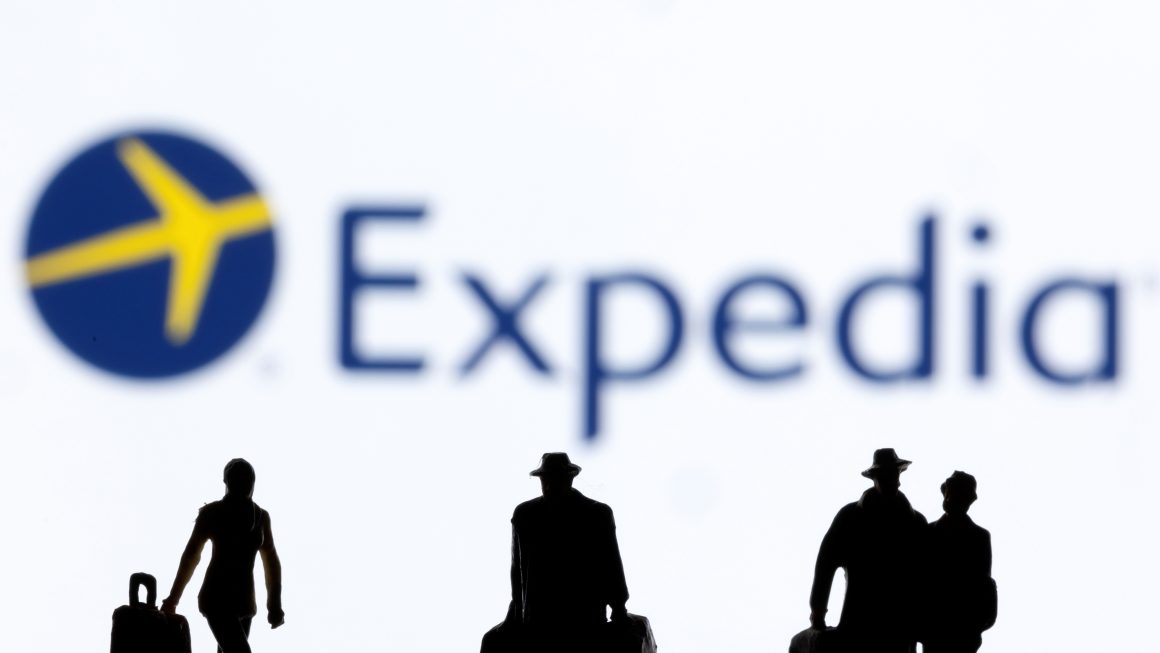
Introduction to AirAsia
AirAsia is a Malaysian low-cost airline headquartered in Kuala Lumpur, Malaysia. It is the largest airline in Malaysia by fleet size and routes, and the second largest in Southeast Asia after flag carrier Singapore Airlines. The airline was established in 1993 and started operations on 18 November 1996. AirAsia Group operates scheduled domestic and international flights to 100 destinations in 23 countries. Its main base is klia2, the low-cost carrier terminal at Kuala Lumpur International Airport (KLIA).
In 2007, AirAsia launched its long-haul operation with flights to Australia and India. This was followed by flights to China and Japan in 2008. In 2009, AirAsia expanded further into Europe with flights to London Stansted Airport. Today, AirAsia flies to over 100 destinations across Asia, Australia, Europe, and North America.
History of AirAsia
AirAsia was founded in 1993 and began operations in 1996. It was originally founded as a joint venture between Malaysia Airlines and the government of Malaysia. AirAsia was created to compete with Malaysian Airlines' monopoly on domestic air travel.
AirAsia's first flight took place on November 18th, 1996, between Kuala Lumpur and Kota Kinabalu. In its early years, AirAsia faced significant financial difficulties and was close to bankruptcy several times. However, the airline persevered and slowly began to turn a profit.
In 2001, AirAsia was bought by former Time Warner executive Tony Fernandes. Fernandes injected new life into the struggling airline, adopting a low-cost business model similar to that of US-based carrier Southwest Airlines. This proved to be highly successful, and AirAsia quickly became profitable.
Today, AirAsia is the largest airline in Malaysia and one of the leading low-cost carriers in Asia. The airline has a strong presence in Southeast Asia and also operates flights to destinations in China, India, Australia, and beyond. AirAsia has won numerous awards for its innovative business model and outstanding customer service.
Expansion of AirAsia's Fleet and Destinations
AirAsia, Malaysia's largest airline, has seen a tremendous amount of growth in recent years. In addition to expanding its fleet of aircraft, the airline has also added new destinations to its route network.
As of October 2016, AirAsia operates a total of 165 aircraft across its group airlines. This includes 127 Airbus A320s, 33 Airbus A330s, and 5 ATR 72-500s. The airline has firm orders for an additional 434 aircraft, which will be delivered over the next few years.
AirAsia currently flies to over 140 destinations across Asia, Australia, the Middle East, and Africa. In 2015, the airline launched service to 12 new international destinations and 10 new domestic destinations. And in 2016, AirAsia added another 8 international and 9 domestic destinations to its network.
With such rapid expansion, there is no doubt that AirAsia will continue to be a major player in the aviation industry for many years to come.

Benefits of Flying with AirAsia
There are many benefits of flying with AirAsia, including the following:
-AirAsia is the only airline in Malaysia with a 5-star rating from Skytrax. This rating is based on factors such as safety, comfort, inflight entertainment, and food and beverage options.
-AirAsia was named the World's Best Low Cost Airline for the ninth year in a row by Skytrax in 2018.
-AirAsia has a modern fleet of aircraft that are equipped with the latest safety and comfort features.
–AirAsia offers competitive fares that are often lower than those of other airlines.
Challenges Faced by the Airline
When AirAsia first started out, they had to contend with the established players in the Malaysian aviation market, many of which were state-owned. This made it difficult for AirAsia to get access to prime airport slots and other key resources. Additionally, AirAsia faced challenges in terms of financing and was initially rejected by several banks before eventually securing funding from Tune Group.
Despite these challenges, AirAsia has gone on to become the largest airline in Malaysia, with a fleet of over 170 aircraft and serving over 60 million passengers per year.
Conclusion
AirAsia's success story is an inspiring one and a testament to the company's commitment to customer service, innovation, and hard work. The airline has come a long way since its inception in 2001 and has grown into the largest budget carrier in Southeast Asia today. With its focus on providing affordable fares, reliability, punctuality, safety standards, excellent customer service and more - AirAsia remains a leader in the industry that will continue to soar even higher than before.



